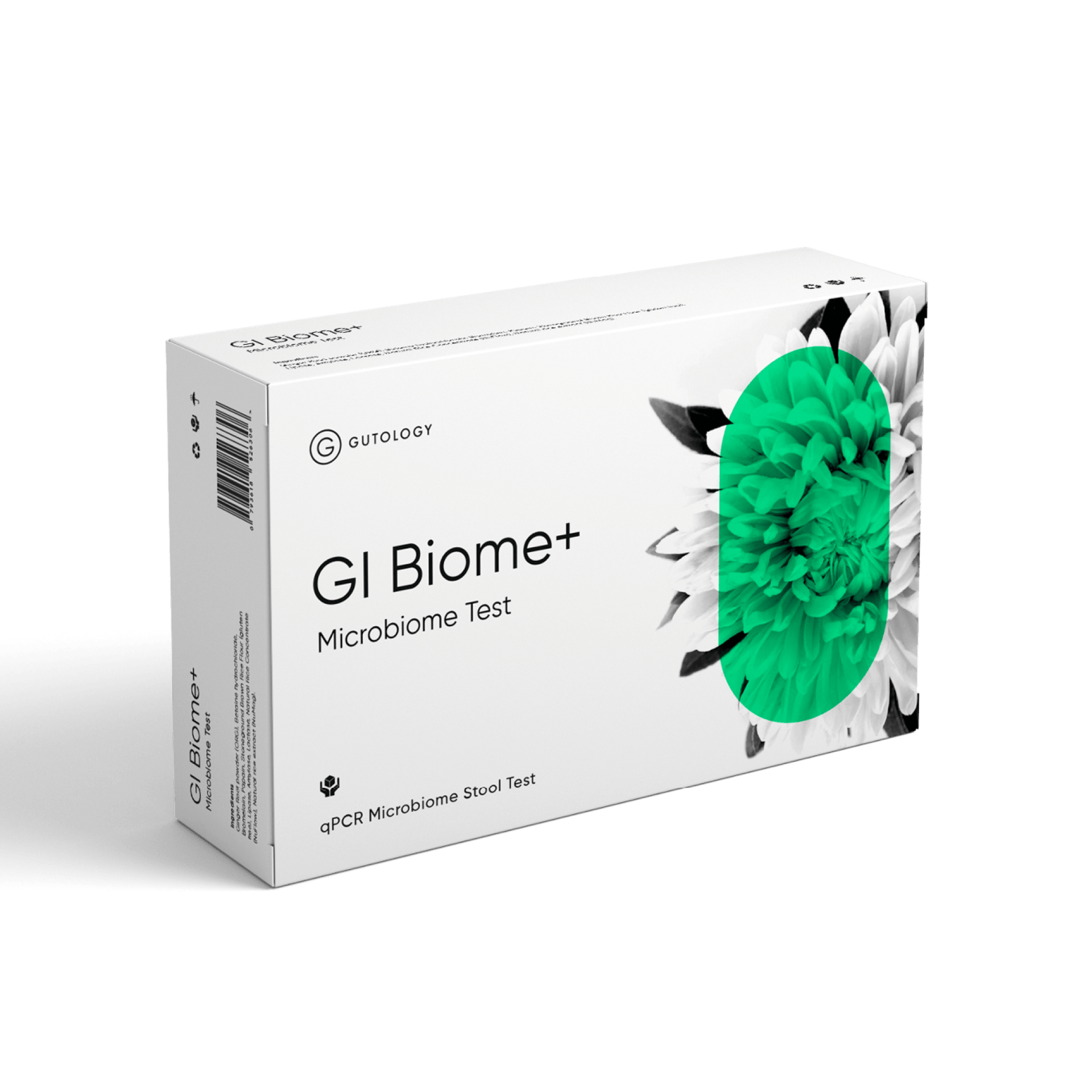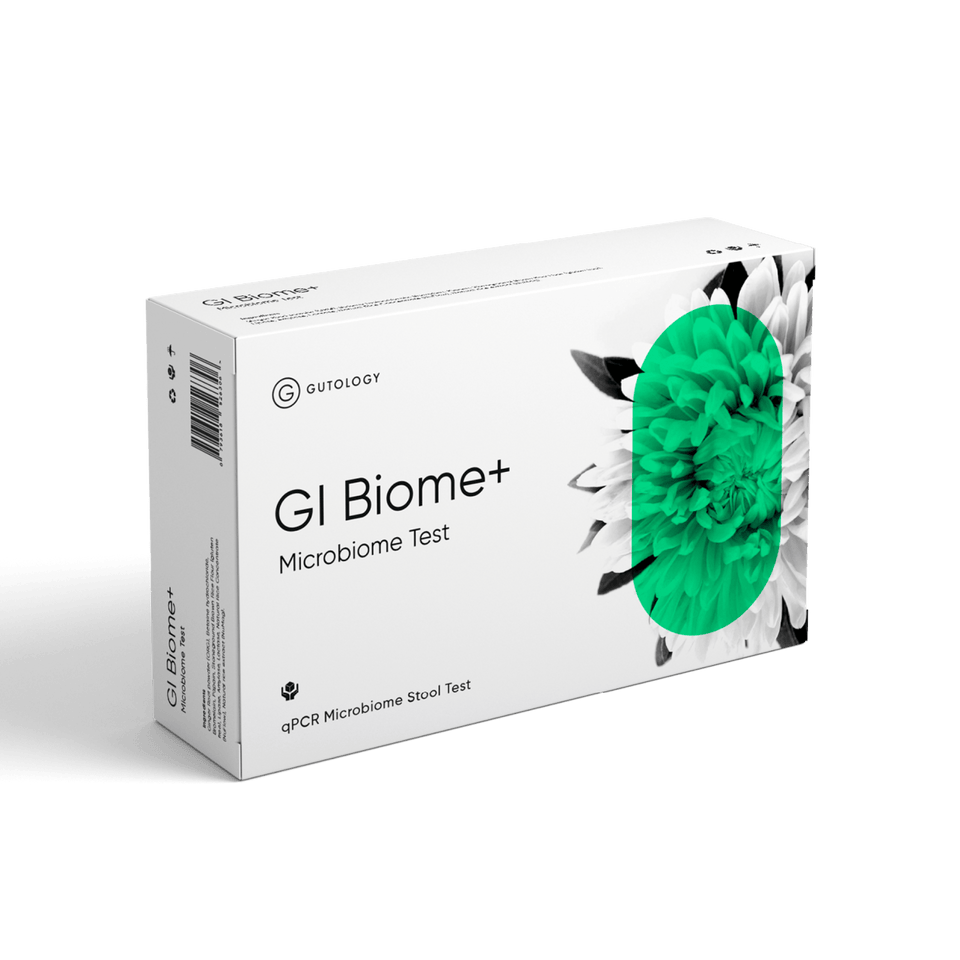An unpleasant reaction to a particular food is really common. Perhaps you’ll experience immediate symptoms but, most often, symptoms arise after some hours, or even days. If you think you react to certain foods, unless you do react immediately, it can be difficult to pin down exactly which foods. Understanding more about how these reactions occur can help identify the problem and gives pointers as to what to do about it.
Food Allergy
A true food allergy is a well-defined condition and refers to a particular type of immune reaction that involves a specific type of antibody (called IgE) against a specific food.1,4 This reaction tends to come on quickly and even very small amounts of the problem food can trigger a reaction.
So, a food allergy can be fairly easy to identify. By contrast, the terms food sensitivity and food intolerance are often used interchangeably, or with varying definitions.
Food Intolerance
Commonly this doesn’t involve an immune reaction and is considered to be due to an inability to digest a particular food.5 For example, in the case of lactose intolerance, the problem is a lack of the enzyme required to break down lactose into a form that can be absorbed by the body.
Food Sensitivity
This may refer to a different kind of immune reaction that uses different antibodies, such as IgG or IgA, for example in coeliac disease.
Here's a summary of the different types of food reactions.
Food allergy |
Food intolerance |
Food sensitivity |
|
|
|
Symptoms include |
Symptoms include |
Symptoms include |
|
|
|
Common foods |
Common foods |
Common foods |
|
|
|
Food Allergy Testing
This can be done by your doctor with a blood test measuring IgE antibodies to specific substances or skin tests, which are considered more accurate.6 If you have a diagnosed or suspected allergy, you should avoid that food completely.
Food Intolerance and Sensitivity Testing
This is more complex. Well-established testing exists for some forms of food intolerance and food sensitivities, such as lactose intolerance or coeliac disease, which again your doctor will be able to organise.7,8
While it is possible to test for IgG antibodies to specific foods, these tests are less reliable. This is because you can have the antibodies and not have a food sensitivity, or you can have a sensitivity but not have the antibodies. This happens because you could be sensitive for a reason other than there being an immune reaction.9
Alternatives to Formal Testing
An alternative (and better) way to test for food sensitivity or intolerance is an elimination diet. This is where you eliminate certain foods for a period of time then reintroduce them while monitoring symptoms. This process needs to be done in a very controlled manner so as to be certain which foods are causing you problems.
When it comes to the re-introduction of foods, it is important to introduce foods slowly and leaving plenty of time for a reaction to develop. This is as food intolerances and sensitivities can take hours or even days to become apparent and may also depend on the amount of food consumed. All of this must happen while keeping other foods in your diet restricted to those you are certain are “safe” for you.
Summary
If you are struggling to identify which foods are a problem for you, consider working with one of our Gutologists, or another nutritional therapist or other professional who is experienced in the process who can help you to identify your problem foods safely.10,12








